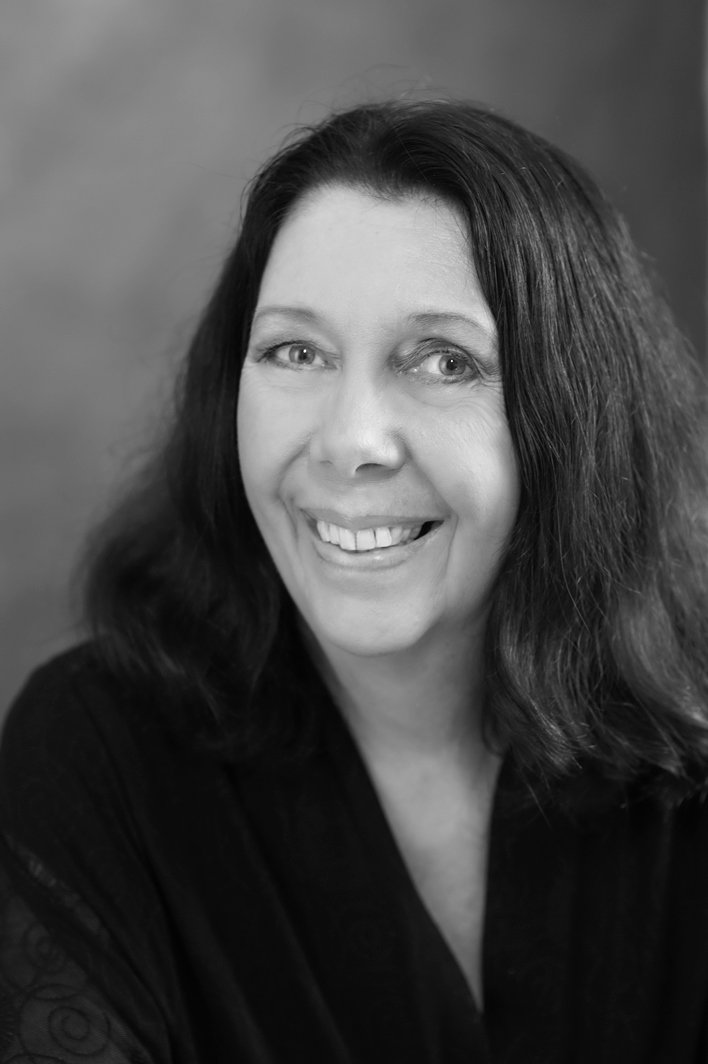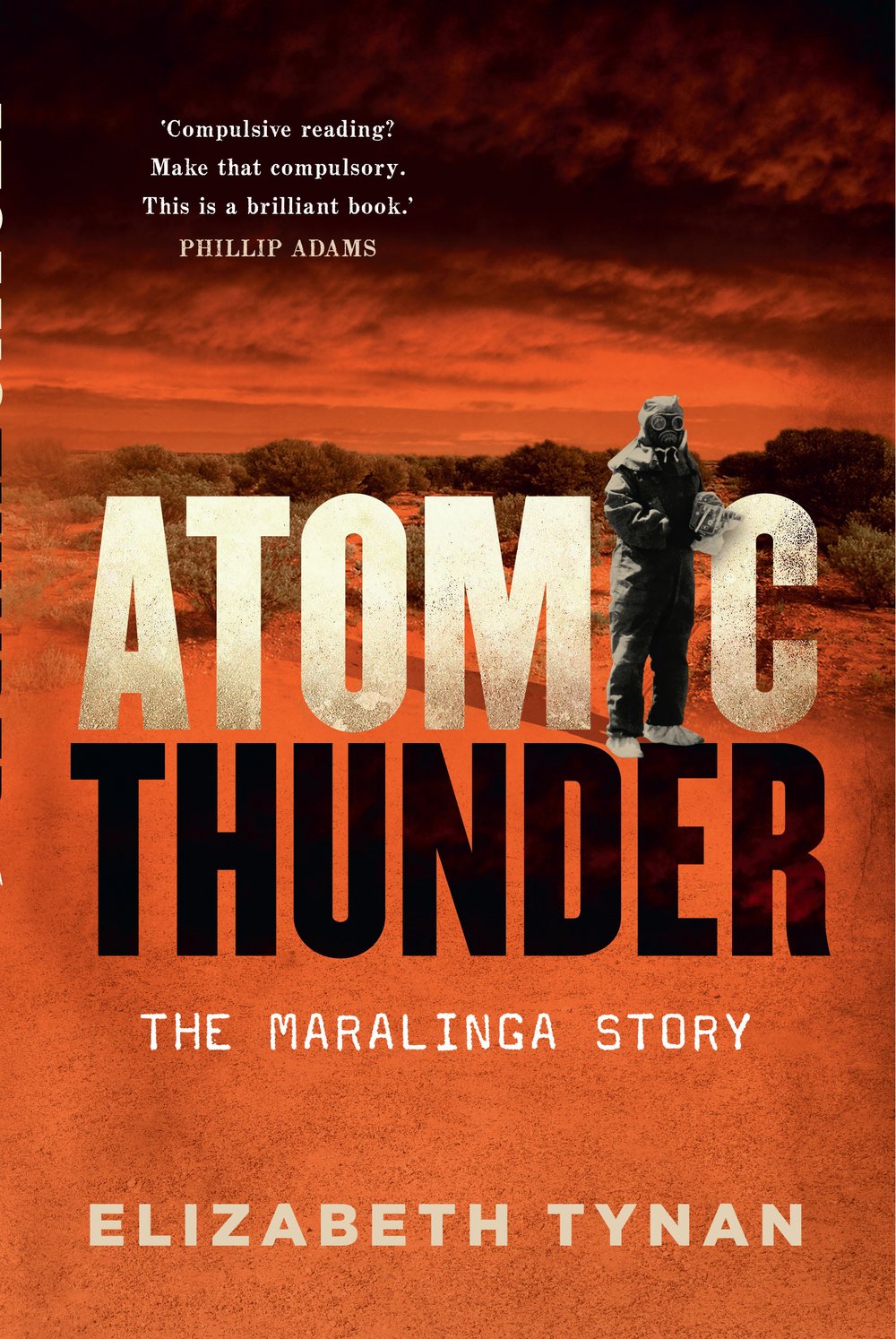September 2016 marks the 60th anniversary of the first British atomic bomb tests at Maralinga in the South Australian desert. But most of us still don’t know how disastrous the tests were for Australia, and why they were carried out here in the first place. Elizabeth Tynan’s book Atomic Thunder: The Maralinga Storybrings together the events, the political machinery and the stories of the veterans and victims themselves to explore the full, disturbing story of British nuclear testing in Australia.
Once upon a time, Australia suddenly found itself at the heart of a secret and shocking story. The story was about geopolitics and seismic realignments of global power. It was about science and war. It was about colonialism and the media and the outback and Indigenous people. It was about nuclear physics and government secrecy. Much of the story was shadowy, and many of the consequences were dire. Our nation was there in the middle of it, but the Australian people had virtually no power over what happened.
Our nation had been volunteered and handed over to another nation to test weapons that exploited the destructive capacity of the split atom. The British took the beautiful outback landscape of Maralinga, used it, dirtied it and then discarded it without a backward glance.
The Maralinga story was Australian secret history for many years. The desert test range was reluctant to give up its secrets, and it still holds some. But now the story can be told with more depth than ever before.
*
On 27 September 1956, at 5 pm, the British physicist Professor Sir William Penney gave the order to begin Britain’s atomic testing program on Australian soil. On his command, an initiator within the atomic assembly switched on a stream of neutrons within a nuclear device that was bolted to a 3-metre tower. These neutrons broke apart the bonds holding the nuclei of plutonium atoms together, sparking a chain reaction and an explosion of the same magnitude of the atomic blast that destroyed Hiroshima at the end of World War II.
Soon a giant fireball was racing upwards towards the upper atmosphere and a mushroom cloud began forming, while an official party of scientists, military personnel and media looked on, awestruck. The first atomic bomb test at Maralinga in the South Australian desert, part of Operation Buffalo, had been detonated.
The test site was called One Tree, and it was in the far northern reaches of the 3200-square-kilometre desert test range that had recently acquired the name Maralinga. The site was now one of the few places in the world where nuclear weapons were being tested.
Soon after this first test – Buffalo 1 – came three more tests in the Buffalo series, followed by three major weapons tests the following year in Operation Antler. In almost all cases, predictions about fallout and contamination were wrong. Contamination travelled far and wide from the site.
The Buffalo and Antler tests were not the first atomic weapons exploded on Australian soil, however. The Monte Bello Islands off the coast of Western Australia, and another South Australian desert test site called Emu Field to the north of Maralinga, had also hosted five atomic blasts, including the biggest of all – Mosaic G2 in June 1956 at Monte Bello. That massive explosion – at least four times the size of the Hiroshima bomb, and possibly much larger – had not been expected by the Australian government or people, and created some panic about exactly what the British were up to. As usual, the fears were calmed by soothing but misleading information, and the tests proceeded.
But even worse was to come, and we now know much more about the dark secrets of the hundreds of ‘minor trials’ than the Australian government did at the time. The information is disturbing. The experimental series known as Vixen B, held from 1960 to 1963 at Maralinga, was the worst of these furtive tests. Vixen B left a terrible legacy of plutonium contamination, one that would take a $100 million clean-up to mitigate.
*
Australia became an intrinsic part of the Cold War’s mad dash to create atomic weaponry, although most of the population had no idea what the government had agreed to and as a nation we had no past or future stake in nuclear technology. The British swept into Australia with their bombs and their scientists and their military personnel. They commandeered 3200 square kilometres of South Australian desert in their desire to keep up with the arms race that they had helped to initiate. Experiments on the destructive capacities of atoms proceeded without complete safeguards, including the safeguards afforded by public scrutiny and accountability. This was a disaster for Australia, but one that was covered up and kept quiet for too long. But Maralinga is part of our history and its story – the full story – needs to be told.
* * * * * * *
Elizabeth Tynan’s book Atomic Thunderis published by NewSouth in September 2016. Click here to hear Liz talk about Maralinga with Phillip Adams on ABC Radio National, and here for the full background story to the atomic tests on Richard Fidler's Conversations. The travelling exhibition Black Mist Burnt Country featuring artworks commemorating the atomic tests opens on 27 September in Sydney before travelling across Australia until 2019.

